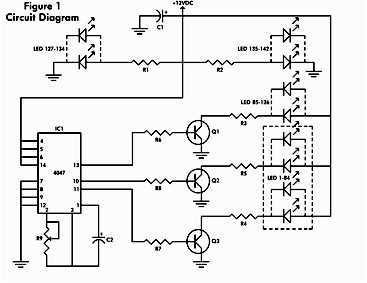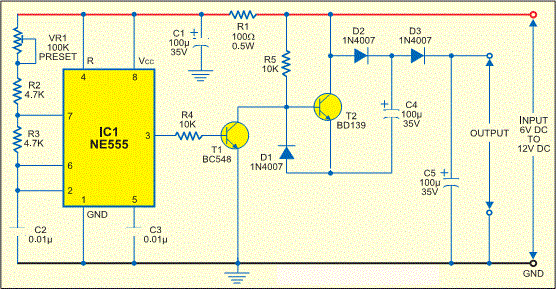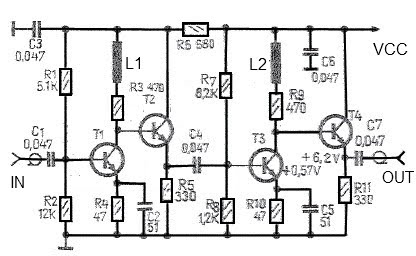
Zero sequence voltage phase protection circuit 2

A potentiometer (RP) is utilized for adjusting the operating voltage of the relay (KA) to ensure that the motor operates normally, especially when the relay (KA) does not function reliably during the action phase.
The circuit involves a potentiometer connected in series with the relay to allow for fine-tuning of the voltage supplied to the relay coil. This adjustment is critical for maintaining the proper operation of the motor, particularly in scenarios where the relay may fail to engage or disengage as intended. The potentiometer typically consists of three terminals: two connected to the power supply and one connected to the relay. By adjusting the wiper of the potentiometer, the voltage across the relay can be modified, ensuring that it receives the appropriate voltage level necessary for reliable operation.
In the schematic, the relay (KA) is represented as a switch that opens or closes based on the voltage applied to its coil. The motor is connected to the relay's output contacts, allowing it to be powered on or off depending on the relay's state. Proper sizing of the potentiometer is essential; it should be rated to handle the voltage and current levels in the circuit. Additionally, the circuit may include protective components such as diodes to prevent back EMF from damaging the relay during operation.
Overall, the integration of a potentiometer in this design allows for enhanced control over the relay's performance, ensuring that the motor operates reliably even in the presence of potential relay malfunctions.Drawing, potentiometer RP for adjusting the operating voltage of the relay KA, ensure that the motor work normally when E KA does not operate reliably action phase failure occu rs.
The circuit involves a potentiometer connected in series with the relay to allow for fine-tuning of the voltage supplied to the relay coil. This adjustment is critical for maintaining the proper operation of the motor, particularly in scenarios where the relay may fail to engage or disengage as intended. The potentiometer typically consists of three terminals: two connected to the power supply and one connected to the relay. By adjusting the wiper of the potentiometer, the voltage across the relay can be modified, ensuring that it receives the appropriate voltage level necessary for reliable operation.
In the schematic, the relay (KA) is represented as a switch that opens or closes based on the voltage applied to its coil. The motor is connected to the relay's output contacts, allowing it to be powered on or off depending on the relay's state. Proper sizing of the potentiometer is essential; it should be rated to handle the voltage and current levels in the circuit. Additionally, the circuit may include protective components such as diodes to prevent back EMF from damaging the relay during operation.
Overall, the integration of a potentiometer in this design allows for enhanced control over the relay's performance, ensuring that the motor operates reliably even in the presence of potential relay malfunctions.Drawing, potentiometer RP for adjusting the operating voltage of the relay KA, ensure that the motor work normally when E KA does not operate reliably action phase failure occu rs.
Warning: include(partials/cookie-banner.php): Failed to open stream: Permission denied in /var/www/html/nextgr/view-circuit.php on line 713
Warning: include(): Failed opening 'partials/cookie-banner.php' for inclusion (include_path='.:/usr/share/php') in /var/www/html/nextgr/view-circuit.php on line 713





